Training plateaus can be frustrating, especially when trying to lose weight. They can occur for numerous reasons, such as stale routines, poor nutrition, lack of quality rest between workouts, not enough sleep, and so on.
If you have been doing the same workout for six to eight weeks, and you are not a beginner, it is probably time to change it up. There are diminishing returns as our bodies adjust to the same types of motion and angles. To continue to advance, we must constantly put the body in a state of slight discomfort, virtually fooling it with the element of surprise.
Here are some simple things you can do to augment your existing workout:
• Shorten the rest period between sets. This can stimulate hypertrophy, or muscle growth.
• Change the exercise. As creatures of habit, we all fall victim to the comforts of routine. If you are doing the same exercise to work on a particular muscle group, simply choose another. For example, try push-ups rather than bench pressing.
• Slow the reps. This will increase the amount of time the muscles are under tension. It’s been scientifically proven that each set achieves maximal effectiveness when the muscle is under stress for at least 45 seconds at a time.
• Add intensity. Try switching a long slow run for sprint intervals for a change in heart rate. The latter will train fast-twitch or power muscle fibers, while the former will train slow-twitch or endurance fibers.
• Use variable resistance. If you have been using traditional free weights, try switching to a kettlebell or resistance tubing. The body will then have to adjust to a new challenge. Or, use resistance bands, which are especially good because there is constant tension throughout the entire range of motion.
• Try a partial range of motion or a slight angle adjustment at contraction. Incorporate this sparingly to adjust the body to heavier weight.
• Add 30-second isometric holds. This will maximize the demand on your muscles and test them in ways you are less accustomed to.
• Cross-train. This will target different muscles and can reduce the risk of injury.
About the Moves
This workout is designed to stimulate the nervous and metabolic systems to pull you out of a rut. Perform these five exercises in the order listed, as they alternate from high-intensity activities to those that require more balance and control.
Aim for 3–5 sets, limiting rest time between sets from 30 to 60 seconds for maximum training effect.
1. High-Intensity High Knees
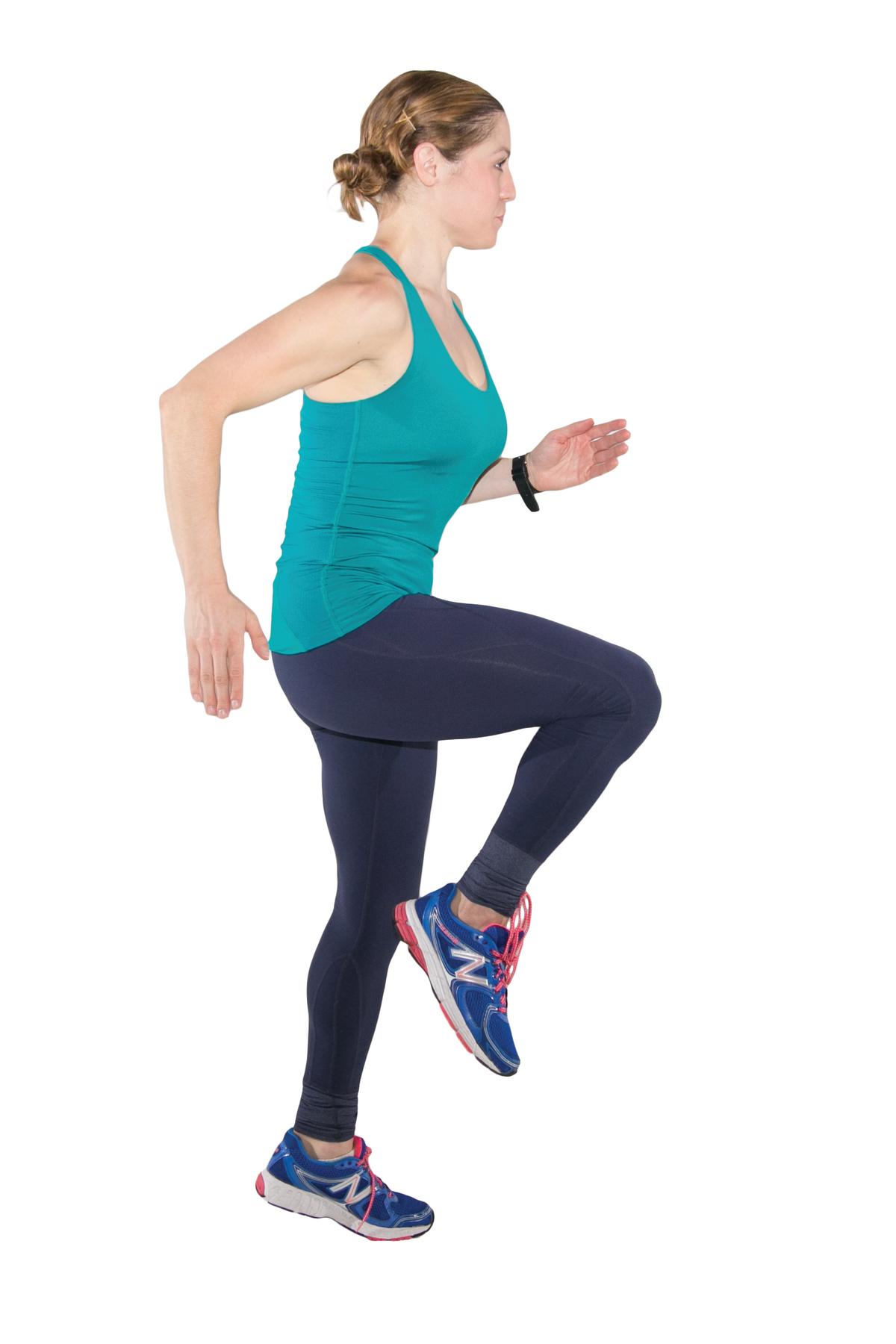
• Run in place for 30–90 seconds, bringing your knees up toward your chest by flexing at the hip and knee joints, rather than the lower back.
• Make sure to keep your abdominals strong and stay light on your toes to minimize impact on knees and back.
2. Single-Leg, Single-Arm Deadlift
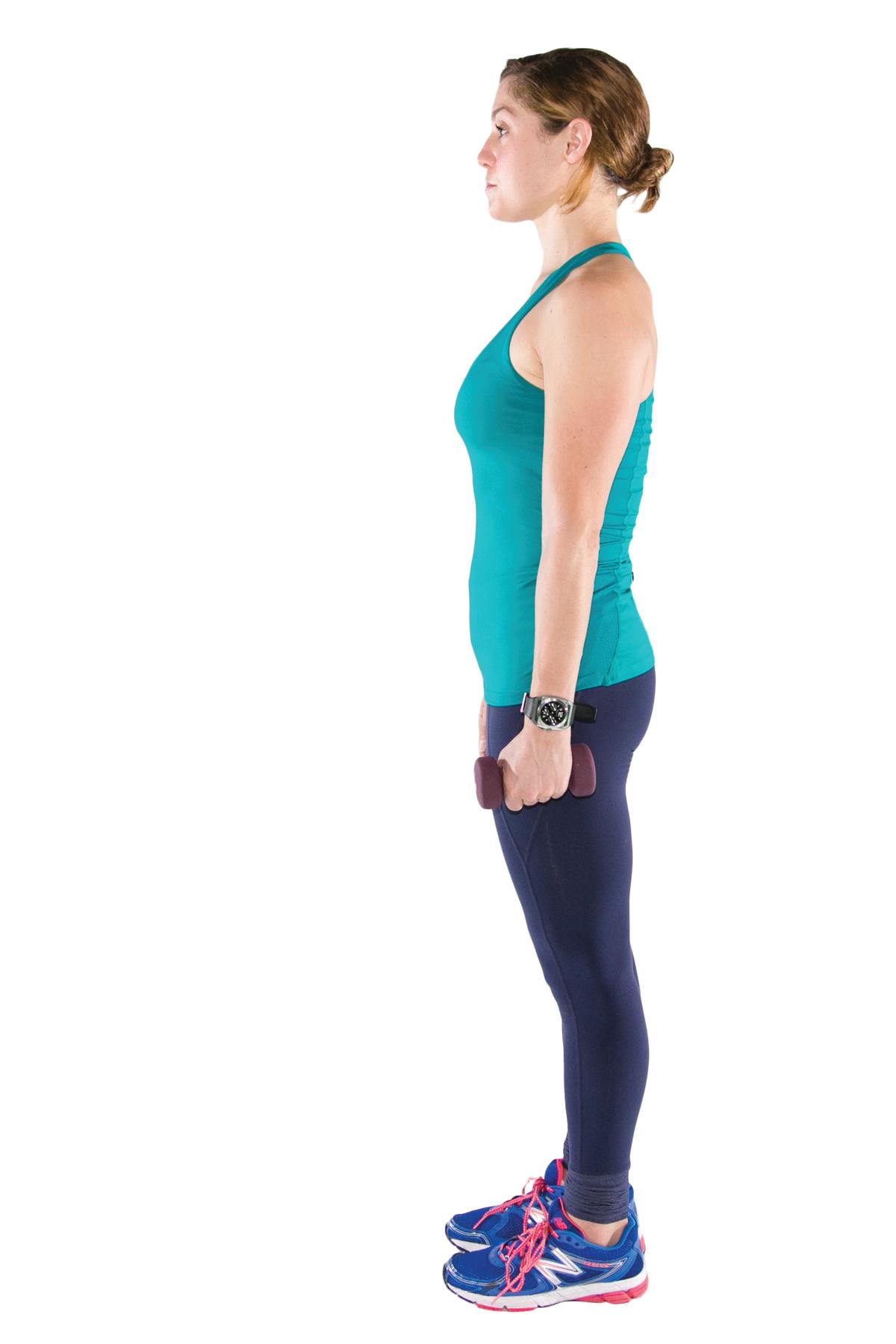
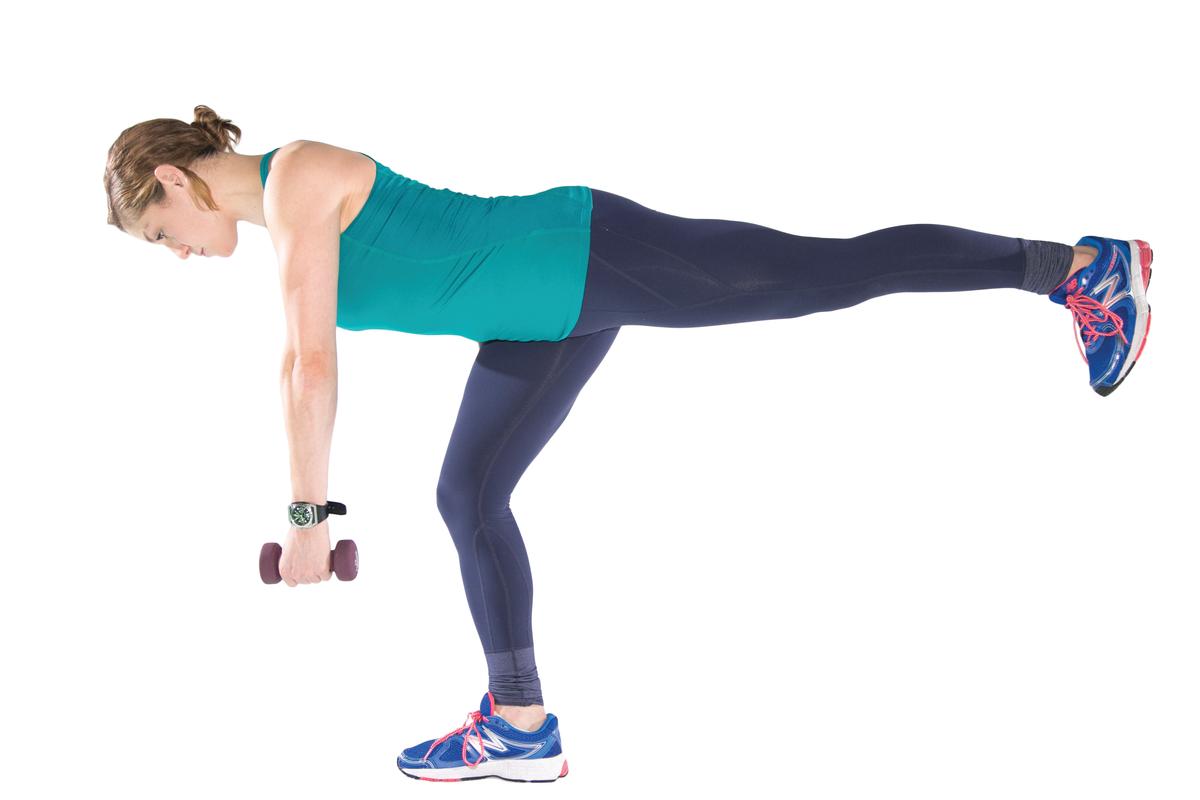
• Stand tall with the appropriate weight or kettlebell in your left hand (you should be able to perform 10–15 reps on each leg cleanly).
• Perform a single-leg hip hinge by reaching back with the left leg to form a straight line with the body from head to toe.
• Maintain a firm grasp on the weight and keep the shoulder back and down.
• Press the standing leg down into the floor to maintain balance.
• Perform another hip hinge to reverse the movement, returning to standing with both feet on the floor.
This exercise should be performed slowly and with control.
3. Jump Rope
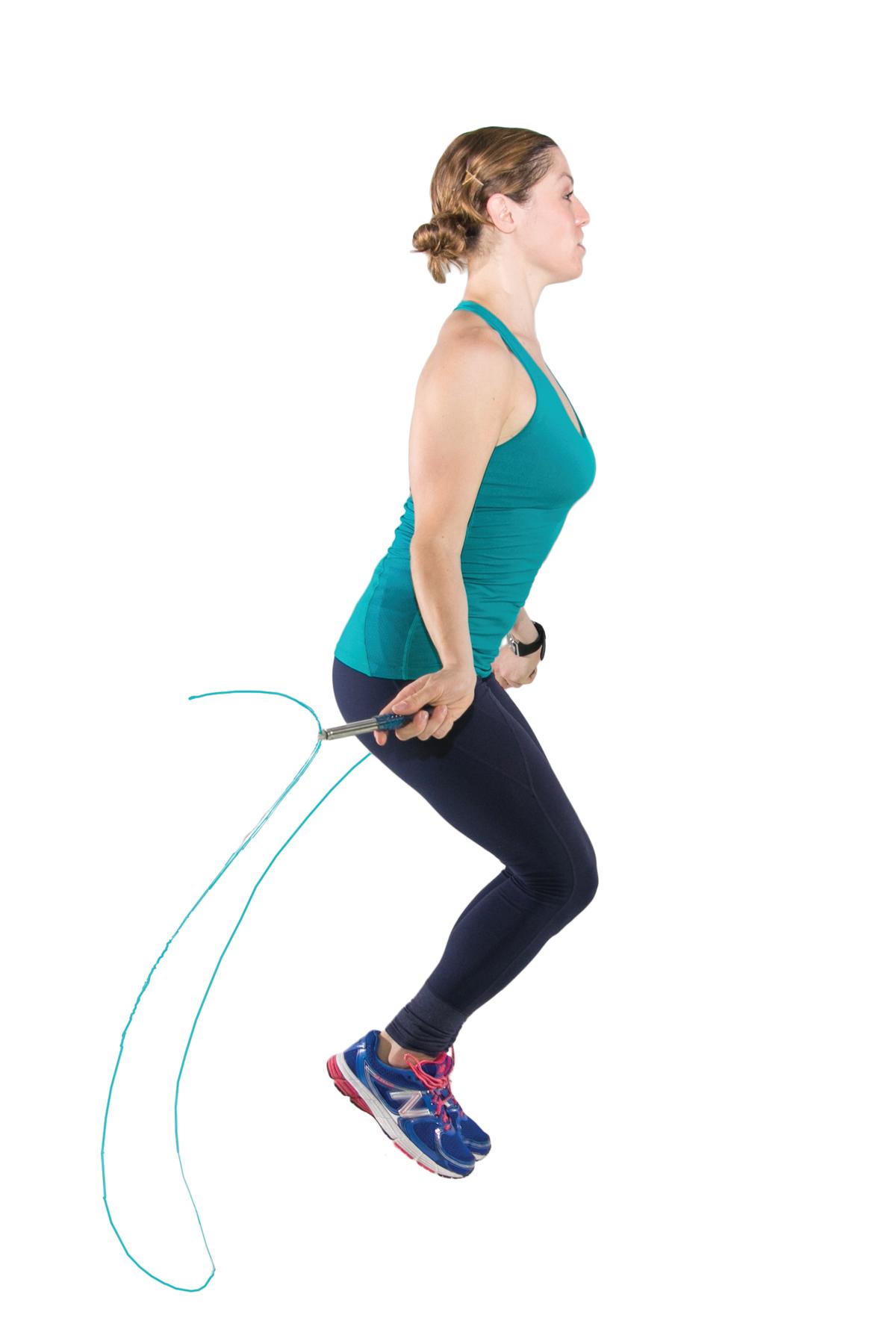
• Jump rope at maximum intensity for 30–90 seconds.
• Make sure to stay light on your toes.
4. Plank Elbows to Hands

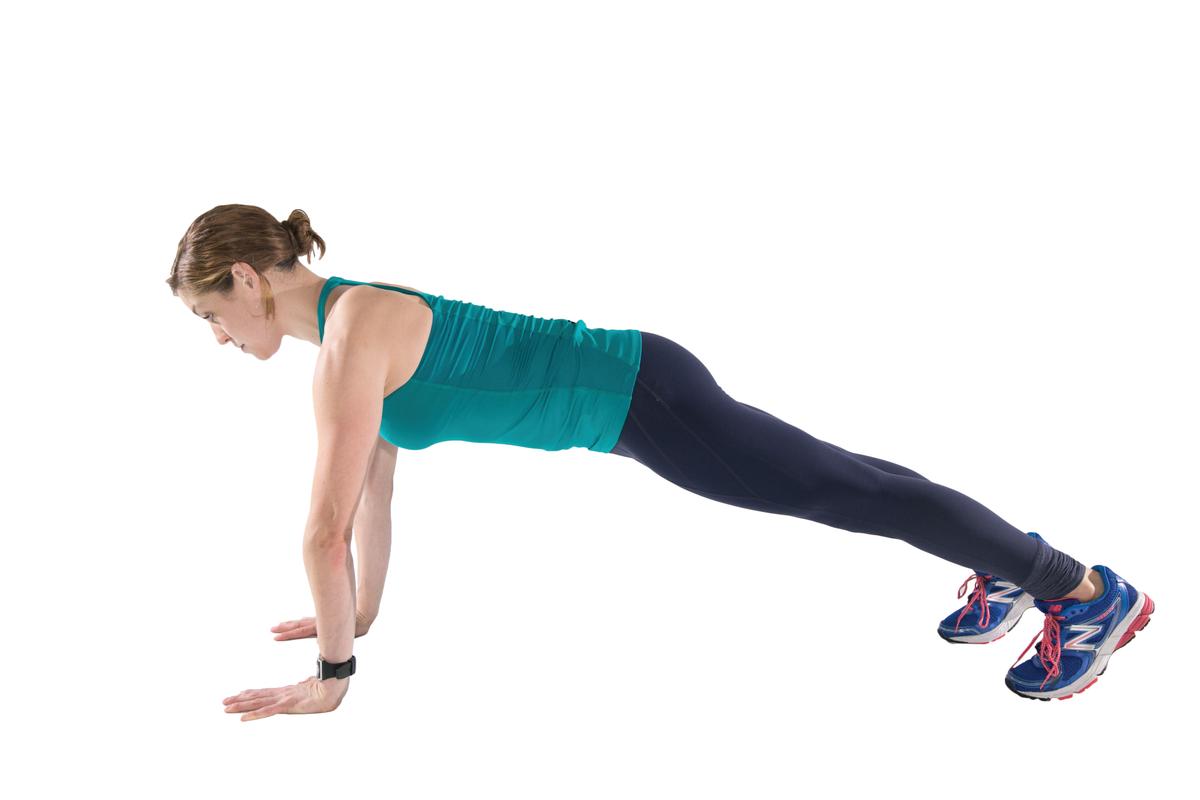
• Begin in a plank on your elbows.
• Press up onto your hands one at a time and then back down to your elbows one arm at a time.
• Continue for 30 seconds, making sure to switch the leading arm.
Remember to keep your abdominals strong and hips stable.
5. Squat to Overhead Press
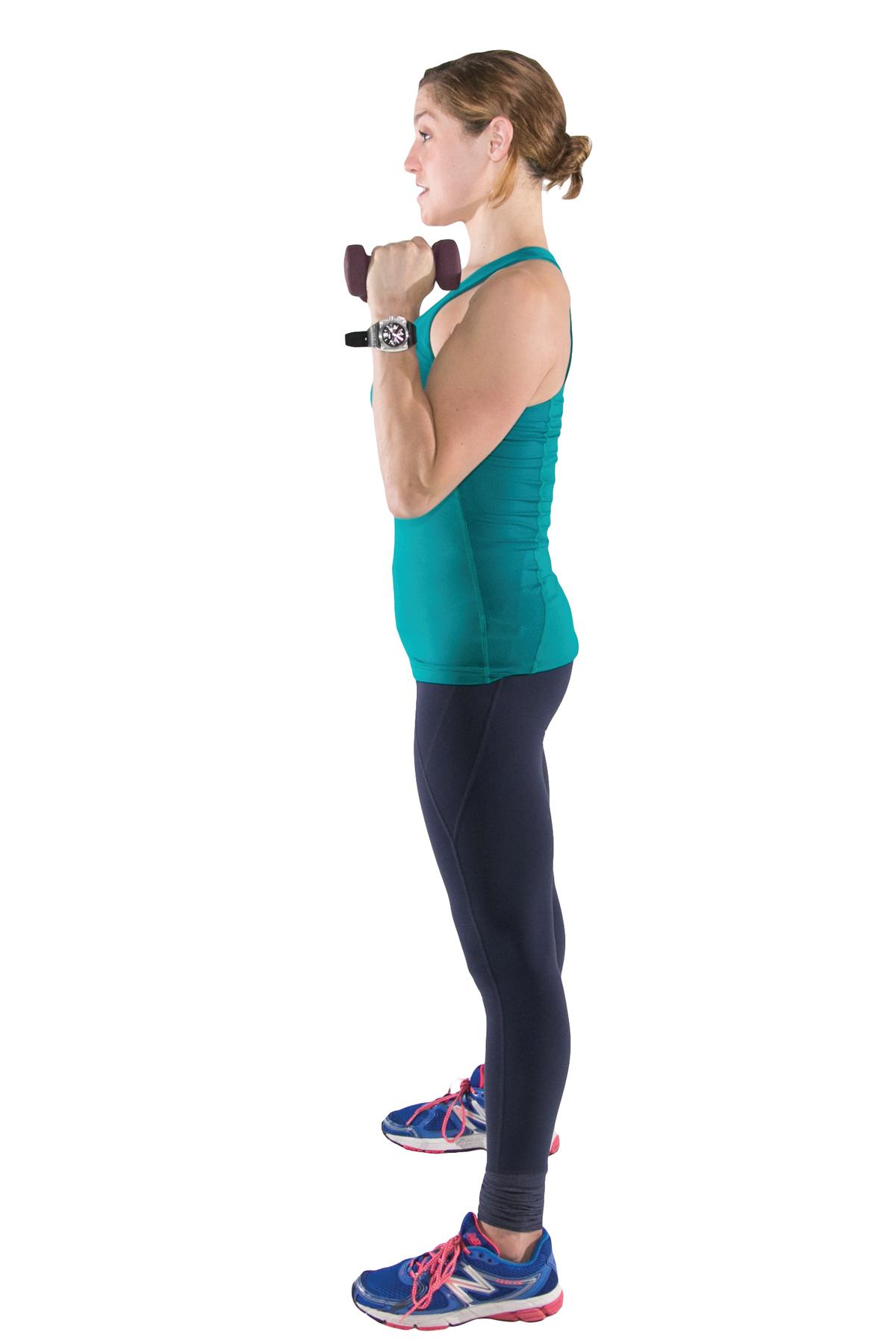
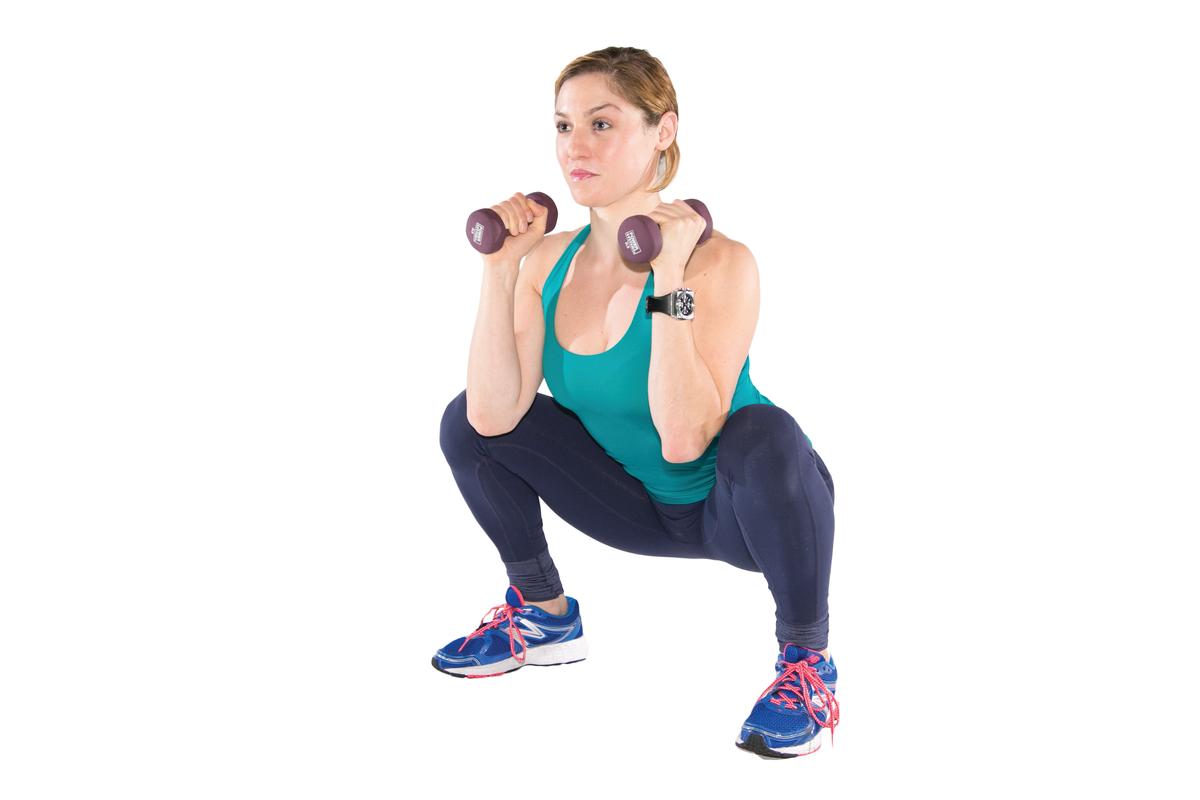
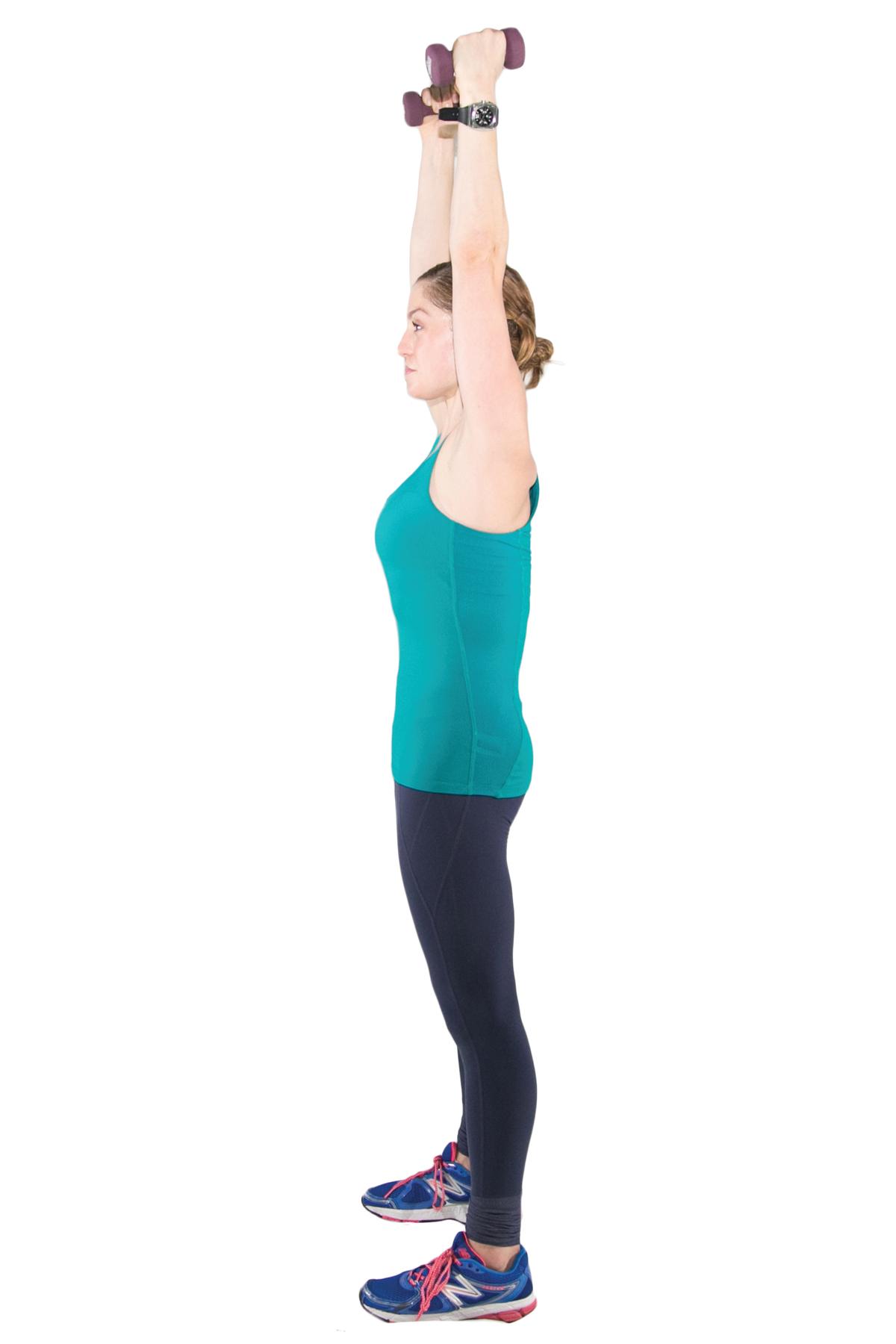
• Stand with a weight in each hand at shoulder height (you should be able to perform 8–10 reps cleanly)
• Slowly descend into a squat, using three counts to reach the bottom.
• Take an isometric hold for 1–3 deep breaths at the bottom, while maintaining an upright spine and shins perpendicular to the floor.
• Power up in one count back to standing position as you press the weights overhead.
You can also perform an isometric hold at the top of the overhead press for 1–3 deep breaths, while making sure to brace your core and maintain the weight vertically over your body.
Ashley Whitson is an ACE-certified personal trainer, Pilates certified instructor, pre/postnatal exercise specialist, Functional Movement Systems professional, Neurokinetic Therapy practitioner, and professional dancer in New York. www.ashleywhitsonpersonaltrainernyc.com

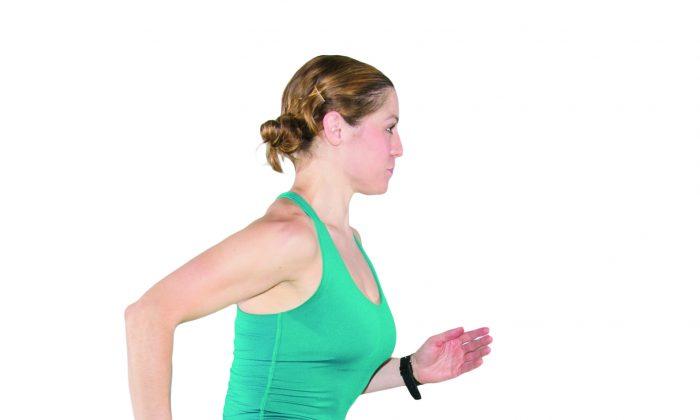


Friends Read Free